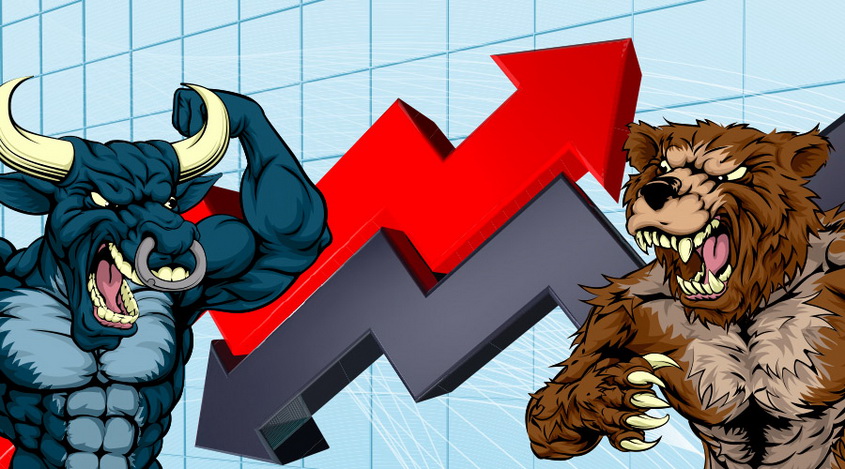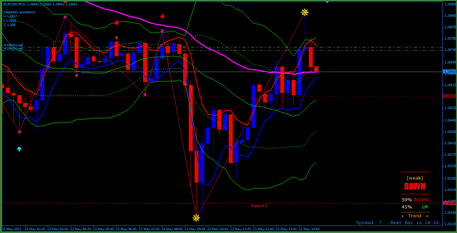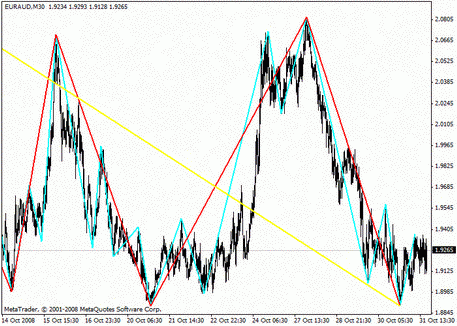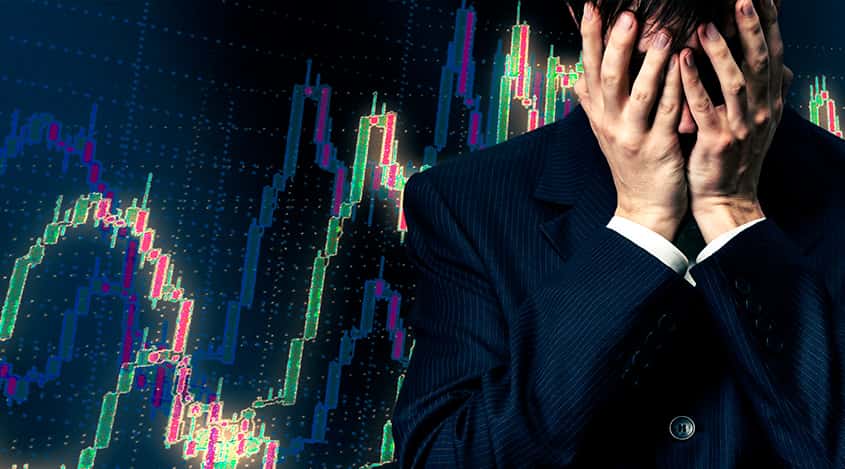
Forex Market Volatility
Thursday, 10 August 2017 11:31
Participants of the Forex market often use specific terms that are not familiar to the average person. One of them is volatility. It is a highly important indicator utilized in all areas of business, financial management, economic data and statistics and, of course, in the foreign exchange market. The term is interpreted as an indicator of the price change of an asset.
Specifying volatility, experts mean a range of price fluctuations for a period of time from the maximum value to the minimum. In particular, it is a very ordinary action, since the price rarely stays in one position for a long time. So measures of fluctuations will allow evaluating the instrument’s potential for trading. In general, if the value of the goods has increased by 4% from the 1st till the 7th day of the month, this 4 % is the week’s volatility.
Why is volatility necessary?
This indicator can be measured both in the following terms: one asset (how much its price has changed) or a currency pair (follow the dynamics of its quotation.) For example, a trader understands the likely profit margin of a deal keeping in mind that EUR/USD jumped 4 points in 2 days. In addition to this benefit, the indicator indicates the degree of the instrument’s risk: the higher the volatility is, the higher will be income. Therefore, significant financial losses are very likely.
It is important to understand that the analyzed period plays a vital role in considering this indicator. If a trader prefers long-term trading, he believes large time frames are appropriate. During scalping, he pays attention to hourly fluctuations and daily periods.
How are the indications calculated?
There is historical and expected volatility. The first is calculated by the assets’ price deviations for a particular time that is confirmed by the real data of the charts. Most often, traders use ready data from newspapers or Internet resources, but also actually use special technical indicators. The MTDownloads website has some ready-made free indicators that measure the price fluctuations of the instrument.
The second indicator refers to the predicted group because it reflects a trader's assumptions about the future changes. Naturally, all trader's forces are directed to forecasts, because profit depends on them. Thus, it is just impossible to generate real data without historical indicators.
It is quite easy to forecast the movement of the course, although it must be practiced. Quotations change under the influence of demand and supply - it causes a small dynamic. To anticipate strong jumps, follow the world news, especially focus on the statements of the heads of states, national banks, and large corporations. The processes in the state financial system, wars, and cataclysms, as well as rumors and expectations, have a strong influence on the exchange rate.
In general, pay attention to volatility choosing a financial tool for working on Forex. If the asset is too inclined to changes, it 's hard to trade it, although there is a high probability of making good money at a big price jump. By choosing a low volatile tool, you will be confident in the changes of its value, which automatically reduces trading risks. However, profit will not be very high in this case.
Share
Related articles
- Previous article: Spot Market
- Next article: Elliott Wave Theory

 English
English
 русский
русский





